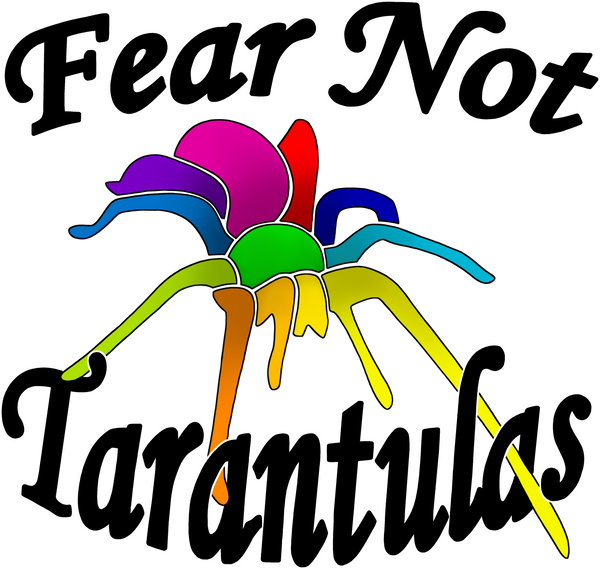About: This very handsome, highly sought after tarantula won Best In Show in the 2014 British Tarantula Society Exhibition! Blue legs and a tan to golden body make this species very attractive. They are found on the island of Socotra as the name suggests, which hosts a very intriguing ecosystem. They are one of the few species that can be housed communally, having been observed living in close proximity in the wild. They are fantastic webbing engineers, often creating extensive underground tunnels with several openings. They also make excellent parents. It was a great privilege for us to be able to witness this ourselves as we fed our female with her newly emerged offspring. She killed the first roach, wrapped it up and left it for her young to eat. The second roach she took for herself. This is a must have for any collector.
From Tom’s Big Spiders:
This gorgeous spider comes from a group of islands off the coast of Africa of which Socotra is the largest, hence its common name of Socotra Island Blue Baboon.
M. balfouri care
I housed my three 1,75″ juveniles in medium (5″ x 6″h x 8″l) critter keepers with about four inches of bone dry cocofiber substrate. I provided all three with small water bowls, which they usually fill up with dirt or web over. This species will burrow, creating a maze of underground tunnels with several entrances. They are also prolific webbers, and all three of mine have laid down a thick, silky carpet over much the substrate. As this species comes from a semi-desert environment, I do not mist the enclosure or moisten the substrate; the water bowl is sufficient.
Now that my female is about 3.75″ DLS, she will be getting a rehousing very soon. The next transfer will likely be the final one, and she will be getting a 3-4 gallon Sterilite enclosure with about 6″ of substrate (60/40 mix of dry top soil and peat).
The growth rate for my M. balfouris has been medium, with all three molting five times in my care over a 19-month period. Between molts, they picked up around .25 – .5″ of size or so. During their first two winters, when temps in my tarantula room were mid 70s during the day and dropped to low 70s at night, they mostly stayed in their tunnels as they fasted for a few months. During these periods, I rarely saw any of them, and I would drop a small cricket in once every two weeks and remove it if it wasn’t eaten by the next morning.
When the temps warm up (low 80s during the day, high 70s at night), and their metabolisms are more active and they eat great. I have noticed that they seem to prefer smaller prey, and I was feeding two small crickets or meal worms twice a week when they were juveniles. Now that they are sub-adults, they get two medium crickets a week. They refuse food when they are in premolt or during the slightly colder and drier winter months. During this time, they retreat to their tunnels and surface when the molt process has been completed or when the weather has warmed up. TO SEE THE REST OF THE ARTICLE, CLICK HERE.



